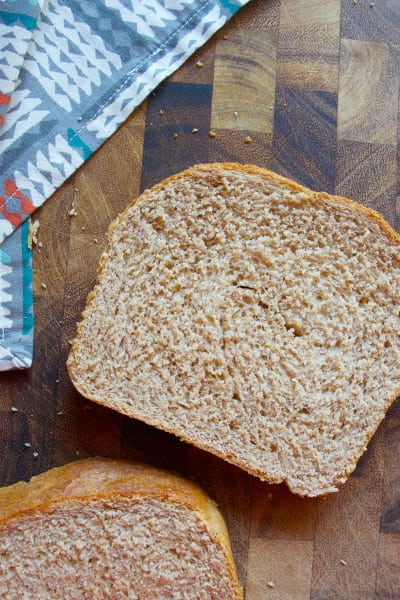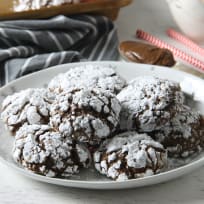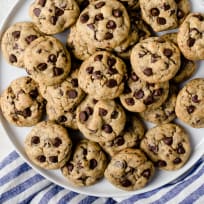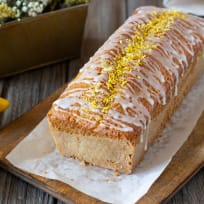Warm Water Temperature
Christine AlburyWhat is a warm water temperature in terms of baking? Is it the same as lukewarm? Here are a few pointers to make sure your baked goods turn out the way you intended.
Baking is such a precise way of cooking that it is very important to follow instructions properly. This will ensure that your end result has the texture, taste and shape that it should!
One component of recipes that often gets overlooked is the temperature of water; for example, a recipe may call for warm water or lukewarm water.
But what are lukewarm and warm temperatures?
The word 'lukewarm' is a derivative of warm, so it will have a cooler feel than warm water. Doesn’t really help much does it? Let’s dig deeper!
The ‘luke’ in lukewarm comes from the word ‘lew’ which means tepid. Tepid also means slightly warm, but still doesn’t give us a definitive answer!
Frustratingly, there is not a specific temperature that constitutes lukewarm, but many sources have offered their opinions on what 'lukewarm' really means.
The majority agree that it falls between 98-110 degrees Fahrenheit, so that is the range to aim for.
Warm water is defined as water in which you should be able to hold your finger comfortably. Some experts recommend that warm water should be anywhere between 105-110 degrees Fahrenheit.
Baking with yeast
When it comes to activating yeast, the water you use must be warm enough.
Many people seem to use the terms warm and lukewarm interchangeably. So, if you come across a recipe that calls for warm/lukewarm water, we would recommend that you boil your water and allow it to cool before using.
When adding water or milk to yeast to activate it, it is better to lean more towards the cooler side than hot. If the water is too hot, it will completely kill the yeast. Without the activation of the yeast, bread will not rise.
If you want to use yeast but don't want to worry about activating it with warm water, opt for instant yeast or rapid rise yeast instead. It doesn't need to be activated with water and can be added straight to your other ingredients.
Water baths
You will often find controversy over whether hot or cold water should be used for water baths.
The temperature of the water you use in water baths will affect the way in which your creme brûlée, pudding or cheesecake bakes.
You will often find that recipes call for warm water - although, as we have noted, it can be quite tricky in determining exactly what is meant by warm!
However, some recipes will call for hot or cold water baths.
In our opinion, desserts cooked in hot water baths (using boiling water) have a more uniform texture and are generally more smooth.
Cold water baths can sometimes produce desserts that are half-cooked, with the top half over-cooked and the bottom-half just right.










